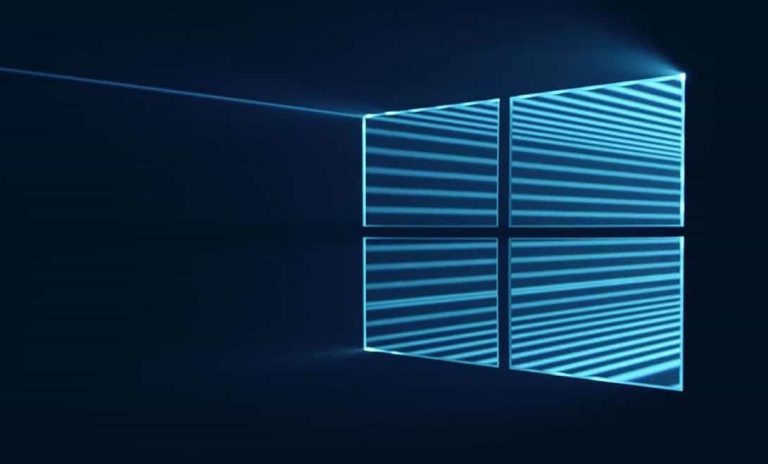Microsoft has made significant strides in its operating systems in the past few years, but many businesses are still using Windows 7, and even Windows XP. With Windows 10, Microsoft hopes that the new operating system will be adopted by not only the average user, but also by businesses. In the tenth episode of “Endpoint Zone,” a Microsoft podcast, Jim Alkove (Corp. VP, Windows Enterprise & Security) comes to talk about deploying and managing Windows 10, along with discussing some of the newest security features.
In the podcast, it was emphasized that the deployment of Windows 10, unlike Windows 8, is quick, simple, and didn’t require an overhaul like other OS shifts might demand. Windows 10 was made to be easily adopted by IT departments who want to keep their technology relevant, and the transition into the new OS was designed to make that change as easy as possible.
It was also emphasized that Windows 10 has the most significant security investment that Microsoft has ever put into a single operating system, and the most clear example of that comes from Windows Hello. The first step Microsoft is taking away from the concept of passwords, Windows Hello utilizes biometrics (Facial recognition, fingerprints, iris recognition) to create something that’s not only simple and easy for the average user to use, but is much more difficult for outside parties to compromise than a password.
The talking point that may prove most relevant to many users was the fact that, while it was important for the Windows 10 team to keep corporate use and personal use separate, Windows 10 is efficient and enjoyable to use for either side of the spectrum. With Windows 10, Microsoft is making a point to not only appease IT departments that demand constant updates and efficient software, but also the general user that demands a smooth user experience without needing to trudge through the more advanced parts of the OS.
Windows 10 is shaping up to not only be a crowd-pleaser, but also a piece of software that should be easy for serious IT departments to adopt. Here’s hoping that nobody will have to see Windows XP’s ugly mug again any time soon.


